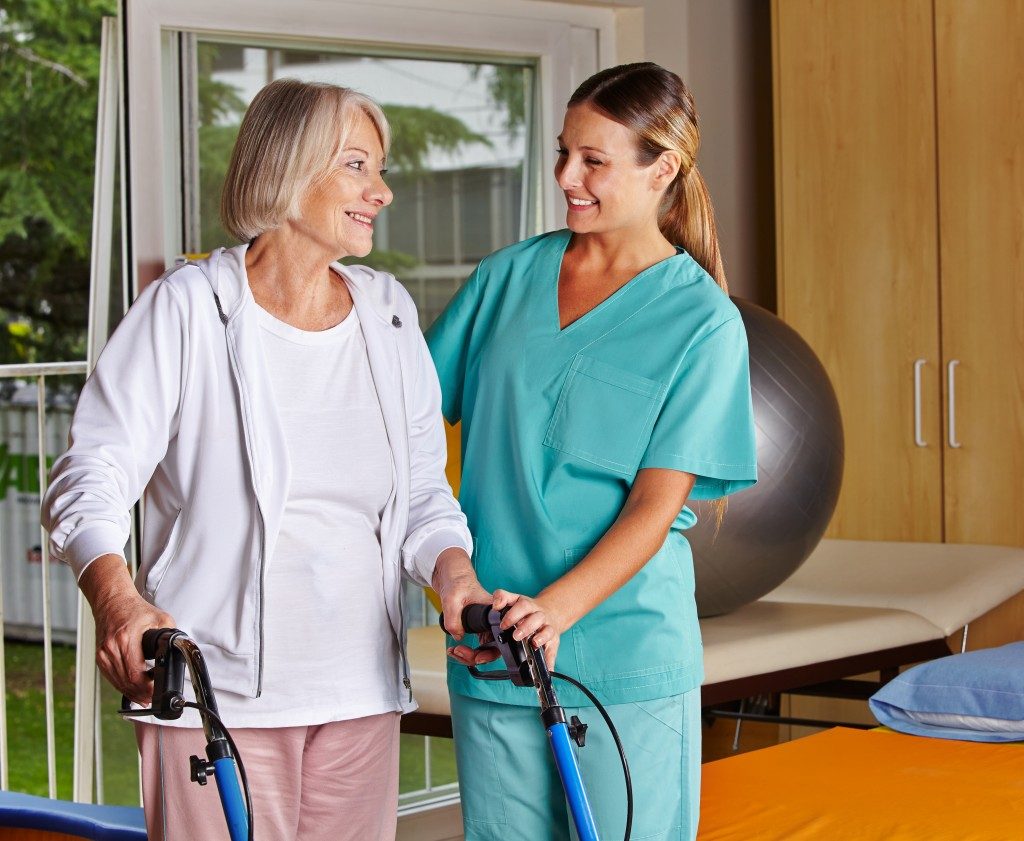Medical and rehabilitation equipment must be durable and reliable. More than anything, they must fit the needs of the individual. Buying the wrong equipment is costly and wasteful, and it does not help a person with a disability to “make do” with what is available.
Choosing the right mobility equipment for a loved one with a disability should not be too difficult. This guide will help you get started.
Needs assessment and equipment evaluation
Type in “mobility and wheelchair ramps for sale” and Google would give you a plethora of options. However, you should not follow the instinct of clicking on an item that seems suitable and closing a transaction to facilitate access for your loved one. An equipment evaluation is necessary and the right equipment will depend on the needs of the individual, as well as his or her lifestyle. In addition, the person’s goals for himself or herself in terms of mobility play a crucial role in making the right choice.
Typically, a rehabilitation professional conducts the needs assessment, which includes home safety and environmental evaluation. Only then, will the process to determine what type of mobility equipment is appropriate and safe to use. The need for additional features will be included in the report that the rehabilitation professional will produce.
The role of the rehab professional does not end with a recommendation for mobility equipment. The person with a disability and his or her family will be given education and training on how to use the device or devices properly, including manoeuvring and maintenance.
Powered mobility
 Scooters and power wheelchairs are the most popular types of powered mobility devices for persons with disability. The prescription of a scooter as the ideal device is, as mentioned above, determined by a comprehensive needs assessment. The use of scooters requires functional use of upper extremities for steering, as well as good postural control of the trunk and neck. If your loved one has limitations with travelling for long distances, then this is a reasonable option.
Scooters and power wheelchairs are the most popular types of powered mobility devices for persons with disability. The prescription of a scooter as the ideal device is, as mentioned above, determined by a comprehensive needs assessment. The use of scooters requires functional use of upper extremities for steering, as well as good postural control of the trunk and neck. If your loved one has limitations with travelling for long distances, then this is a reasonable option.
Provisional guidelines are available for scooters as well as power wheelchairs (PWC). The latter is commonly used in Australia and New Zealand given the evidence that they have a positive effect on quality of life, as well as occupation and health. This type of equipment is mostly recommended for persons with a poor ability to sustain a good posture, those with upper extremity weakness or lack of coordination, pain, poor endurance, and respiratory conditions that limit mobility.
Customisation
There are options for customisation for powered mobility devices. Let us focus on PWC’s for now. Aside from adjustable seat and armrest heights, power wheelchair frames may be customised to the current requirements of the individual. Other areas open to customisation are the leg rests, footrests, tyres, hand rims, back support, and cushioning design and material.
Numerous factors influence decision-making for choice and use of rehabilitation equipment. You must consult with a rehabilitation professional with experience in powered mobility assessment and prescription in order to foster independence and make a difference in the quality of life.

